First Aid At Work (FAW) Refresher Training
Quantity: 1

Duration 4 hours
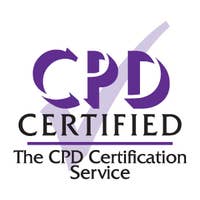
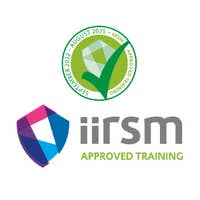

100% online training
Start when you like
Learn on any device (desktop, mobile or tablet)
Instant assessment and result
1 learner per course
Train teams of all sizes
Bulk discounts starting at 10% off 10 courses
Pay by invoice with 30 day payment terms available (5+ courses)
Includes a 10% discount for 10+ courses
This First Aid at Work (FAW) Refresher course refreshes the knowledge of qualified first aiders each year, which is the recommended interval for refresher training to keep their understanding up to date in between required practical training sessions, so they can continue to deliver life-saving first aid. The course covers all the fundamental information needed to help first aiders fulfil their role, including primary and secondary surveys, full body examinations, the recovery position, administering CPR, using an AED, and treating injuries, illnesses, and health conditions.
On completion of this course, your first aid knowledge will be refreshed in all these essential topics, enabling you to provide first aid to casualties in a range of situations, so you can continue fulfilling your role confidently and safely.
100% online training
Access anywhere
Same day digital certificate
Printed certificate posted next working day
Full audio voiceover
Assessment retakes at no extra cost
Written in compliance with the Health and Safety (First-Aid) Regulations 1981 and in accordance with Resuscitation Council UK guidelines
Developed by qualified first aid professionals
Accredited by CPD and approved by IIRSM
Bulk discount for orders of 10+ courses
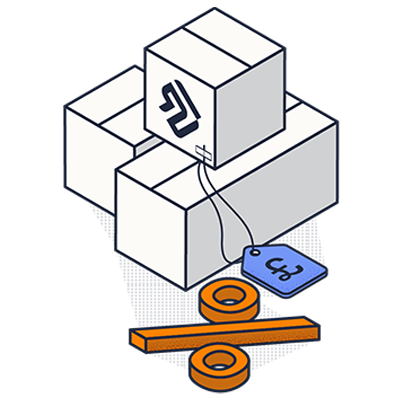
Save on our courses when you buy more training upfront. Lock in a better price now and access the training whenever you need to. You can mix and match any of our courses too and get the discount off your whole order.
10+ courses = 10% off
50+ courses = 20% off
100+ courses = 30% off
500+ courses = 40% off
By the end of this first aid at work course, you will have a refreshed knowledge of:
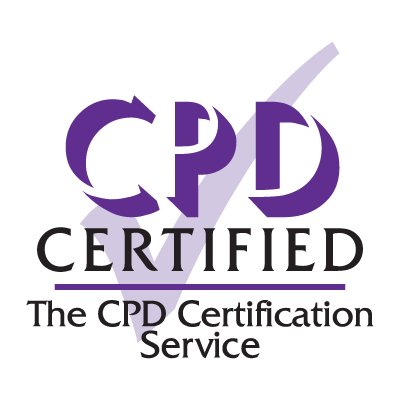
Accredited by CPD
All of our courses are accredited by the CPD Certification Service as conforming to universally accepted Continuing Professional Development (CPD) guidelines.
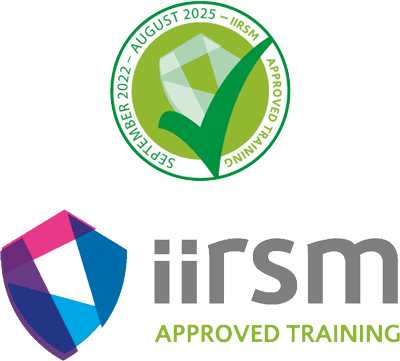
Approved by IIRSM
Additionally, this course has been independently recognised by the International Institute of Risk and Safety Management as meeting the standards of its Training Approval Scheme.
Recommended renewal:
1 year
What does this mean? This certificate does not have an expiry date, however, based on industry best practice guidelines there is a recommended renewal period.
Our in-house Learning Designers develop all of our courses to give you and your learners the most engaging training possible.








What is first aid?, key annual statistics, the Health and Safety (First-Aid) Regulations 1981, medical assistance, first aid kit, the importance of infection prevention, hand hygiene, handwashing procedure, personal protective equipment (PPE), cleaning after delivering first aid, waste disposal after giving first aid, record keeping, and the Reporting of Injuries, Diseases and Dangerous Occurrences Regulations 2013 (RIDDOR).
The primary survey (DRABC), step 1: danger, step 2: response, step 3: airway, step 4: breathing, step 5: circulation, primary survey example scenario, the secondary survey, and full body examination.
Unconscious casualties, the recovery position, cardiac arrest, administering CPR, further considerations for CPR, and defibrillators (AEDs).
Choking, wounds and bleeding, applying bandages, shock, burns and scalds, electrical burns, and chemical burns.
Eye injuries, head injuries, fractures, sprains and strains, dislocations, making an arm sling, and spinal injuries.
Heart attacks, angina attacks, strokes, epilepsy, asthma, allergic reactions and anaphylaxis, diabetes, hyperventilation, nosebleeds, poisoning, and drowning.
The online assessment is taken on completion of the training material. You will be asked 30 multiple choice questions with a pass mark of 80%. The answers are marked automatically so you will instantly know whether you have passed. If you don't pass don't worry! You can take the test as many times as you need with no extra charge.
This online First Aid at Work (FAW) Refresher course is our most suitable first aid training in the following scenarios:
If you do not have an in-date first aid qualification but require training for a workplace with low level hazards then our Workplace First Aid Course will be more suitable.
This course is only designed for treating adult casualties, so if you need training for administering first aid to infants and children, you should take our Paediatric First Aid course.
No, this course does not make you a qualified first aider. Rather, it is designed to refresh qualified first aiders' knowledge in between their practical training. Refresher training is recommended once a year and practical training is required every three years. This course is not a substitute for practical training. If you are looking for training to become a qualified first aider, you must receive practical training - view guidance on selecting a first aid training provider here.
Workplace First Aid is recommended if you have no First Aid qualifications and need an introduction to First Aid.
Emergency First Aid at Work (EFAW) Refresher is recommended if you have an in-date First Aid qualification and need an annual refresher. It is suitable for both low and high hazard level companies with less than 50 employees.
First Aid at Work (FAW) Refresher is recommended if you have an in-date First Aid qualification and need an annual refresher. It is suitable for both low and high hazard level companies with more than 50 employees.
You can view more information on First Aid provision at work from the HSE here.
Both courses cover:
- The role of the first aider, including reference to the importance of preventing cross infection, the need for recording incidents and actions and use of available equipment
- Assessing the situation and circumstances in order to act safely, promptly and effectively in an emergency
- Administering first aid to a casualty who is unconscious (including seizure)
- Administering cardiopulmonary resuscitation (CPR) and using an automated external defibrillator (AED)
- Administering first aid to a casualty who is choking
- Administering first aid to a casualty who is wounded and bleeding
- Administering first aid to a casualty who is suffering from shock.
EFAW Refresher also covers how to provide appropriate first aid for minor injuries (including small cuts, grazes and bruises, minor burns and scalds, small splinters).
Whereas FAW Refresher also covers how to administer first aid to a casualty (with injuries to bones, muscles and joints, including suspected spinal injuries, chest injuries, burns and scalds, eye injuries, sudden poisoning and anaphylactic shock) as well as how to recognise the presence of major illness (including heart attack, stroke, epilepsy, asthma, diabetes) and provide appropriate first aid.